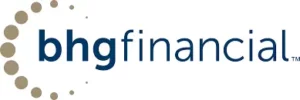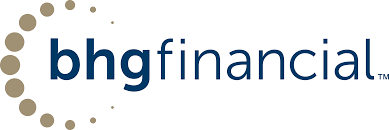Your loan terms, including APR, may differ based on loan purpose, amount, term length, and your credit profile. Excellent credit is required to qualify for lowest rates. Rate is quoted with AutoPay discount. AutoPay discount is only available prior to loan funding. Rates without AutoPay are 0.50% points higher. Subject to credit approval. Conditions and limitations apply. Advertised rates and terms are subject to change without notice. Payment example: Monthly payments for a $25,000 loan at 6.49% APR with a term of 3 years would result in 36 monthly payments of $766.11. © 2024 Truist Financial Corporation. Truist, LightStream and the LightStream logo are service marks of Truist Financial Corporation. All other trademarks are the property of their respective owners. Lending services provided by Truist Bank.
You usually need a credit score of at least 670 to get competitive rates, but that doesn’t mean you can’t qualify for a medical loan with a lower score. Each lender sets its own requirements. LightStream, for instance, only accepts good to excellent credit. On the other hand, you can qualify for Upstart with a credit score as low as 300. It also waives its credit score requirements for eligible college students and grads.
When you have very good credit (740+), you have a good chance of getting a lender’s lowest rates.








